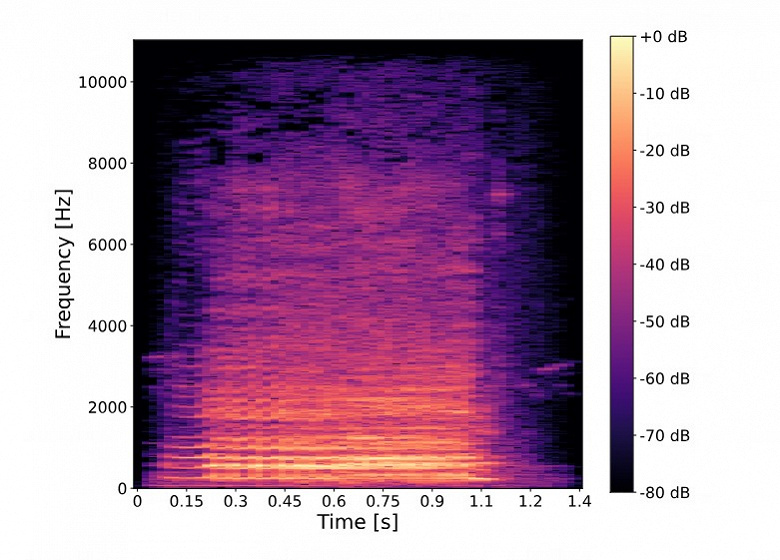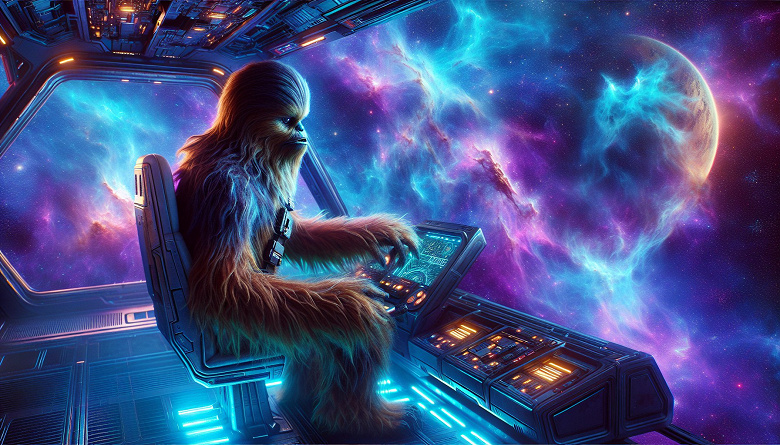Research Reveals Surprising Connection Between Chewbacca's Roars and Key Aspects of the Early Universe
Cosmic Microwave Background Radiation (CMB) – a picture of the Universe that can be used to study the dynamics and evolution of its early moments. In a new study, scientists used CMB's similarity to the sounds of Chewbacca from the Star Wars universe to shed light on the complex interaction of sound and cosmology. Using rigorous chi-square analysis, the scientists examined data from the Planck space observatory. and data results of the BICEP/Keck cosmic microwave background experiments to determine Chewbacca's sound profile and its consistency with observations.
The findings not only reveal the physical principles governing the inflationary era, but also allow us to establish parallels between the cosmic symphony of the early Universe and popular cultural symbols.
The CMB has played an important role in modern cosmology, providing a tool for studying the dynamics and evolution of the early Universe. This radiation was discovered in 1965 and became the basis for obtaining valuable information about the fundamental properties and origin of the Universe. CMB radiation is a trace of primary disturbances containing information about the initial conditions of the Universe and its subsequent evolution.
In recent decades, inflationary cosmology has become the main paradigm explaining the observed structure of the Universe. Inflation theory suggests that the Universe underwent rapid exponential expansion in its early moments, creating the conditions for the formation of galaxies and large-scale structures. This paradigm helps solve several problems in cosmology and predicts the statistical properties of primordial disturbances in the fabric of the Universe.
Scientists have developed a unique research methodology. They used a spectrogram of Chewbacca's sound, applied a Fourier transform to extract its spectrum, and analyzed the data to determine a polynomial potential describing inflation. The authors presented a new approach to modeling inflation dynamics, revealing the physical principles governing the era of inflation.
The study resulted in a set of 15 inflation potentials, each inspired by the acoustic characteristics of Chewbacca's roar. These potentials represent new manifestations of the inflationary landscape and reveal complex interactions between sonic phenomena and cosmological dynamics.
One of the most attractive features of the inflationary paradigm — in its generation of primary fluctuations of the Universe. Another key prediction of this paradigm is the formation of a background of primordial gravitational waves.
The authors calculated the parameters for each inflation potential. Having identified the potentials whose values at the initial moments of time are less than one, — which indicates the beginning of an early period of inflation, — they narrowed the selection to a subset of potentials capable of supporting extended inflationary eras. In addition, the authors carefully analyzed each potential to determine when it reaches a value greater than one, indicating the end of inflation. From the analysis, it became clear that out of the 15 original Chewbacca roars, 10 create inflationary scenarios that meet the criteria.

Then they determined the field values at which inflation begins. This step allowed us to determine the characteristics necessary for observations of the cosmic microwave background radiation.
The authors conducted a Pearson analysis to assess the statistical significance of each of the roars in comparison with the Planck data. combined with BICEP/Keck and BAO data. The study found that 3 inflationary potentials are consistent with these data. Particularly notable is a potential called Chewie 10, which fits with an accuracy of less than 1-σ to observational limitations. This confirms that Chewie 10 can reflect the sound of the Big Bang.
Research highlights the potential of using unconventional sources, such as Chewbacca sounds, to study fundamental aspects of cosmology. The identification of Chewie 10 as a candidate for the sound of the Big Bang highlights the interaction between sonic phenomena and the dynamics of the early Universe, opening new avenues for further research.
The authors thanked George Lucas for creating the iconic character Chewbacca, whose sound inspired the April Fool's article on cosmological phenomena. They also expressed their gratitude to Frank Herbert, the author of Dune, which served as the inspiration for the Star Wars universe. In conclusion, the authors noted: «May the Force be with you on the path of revealing the secrets of space».

